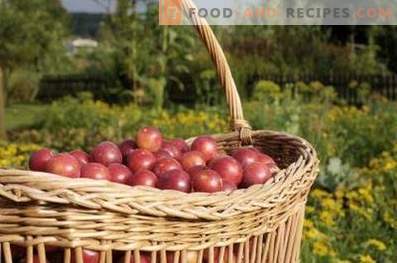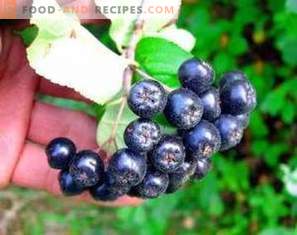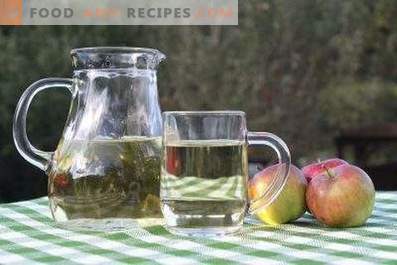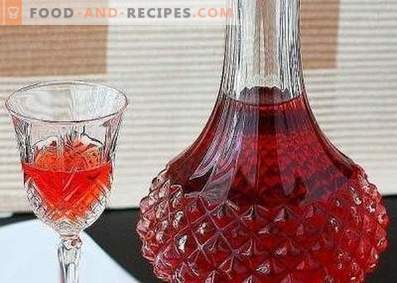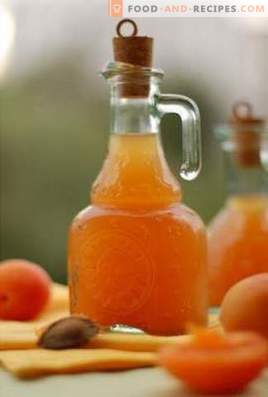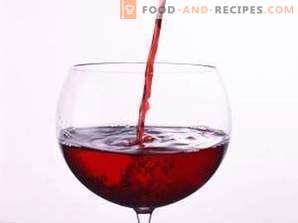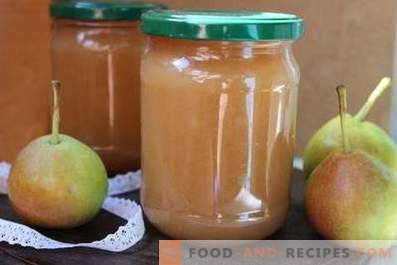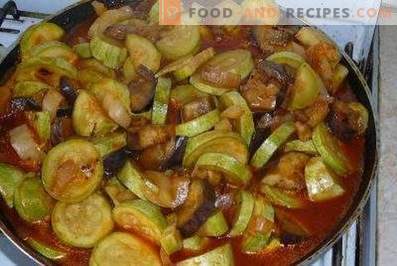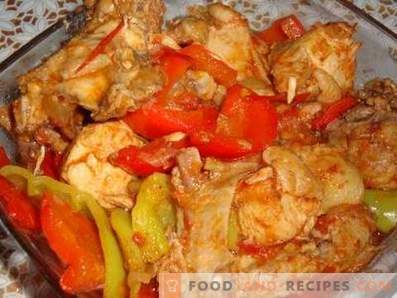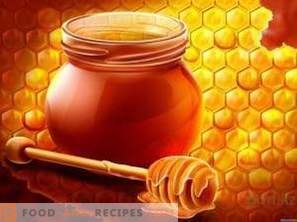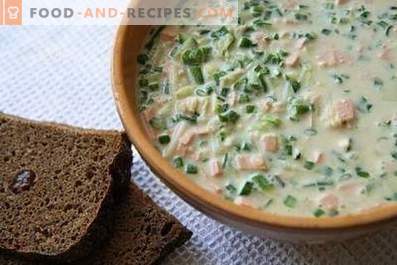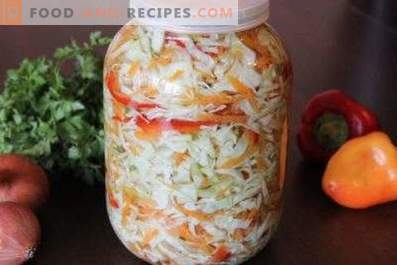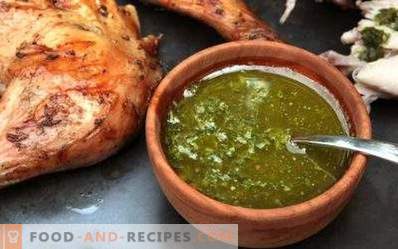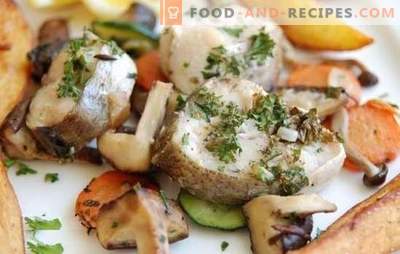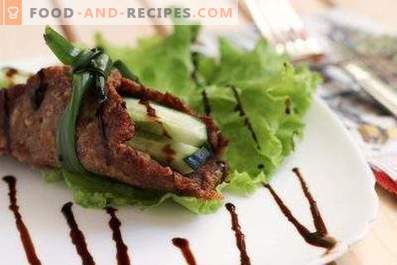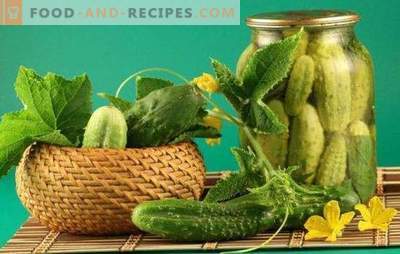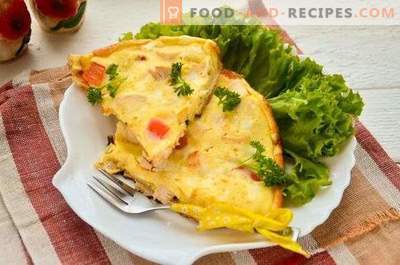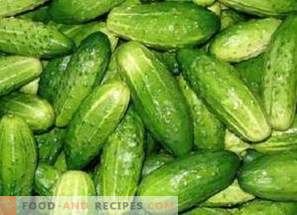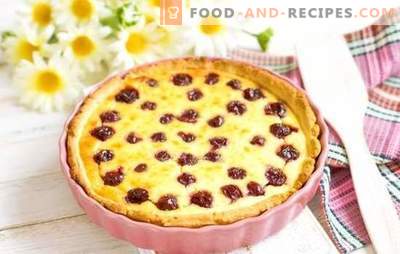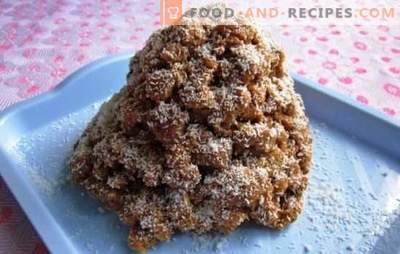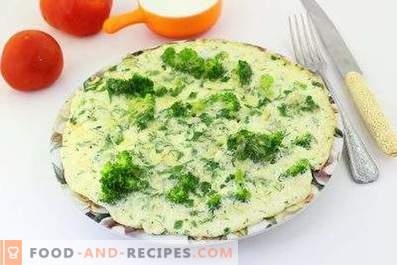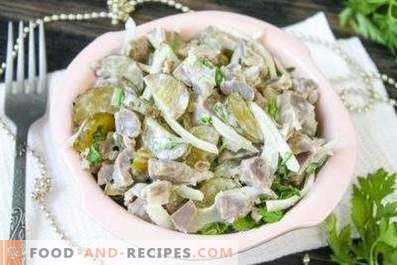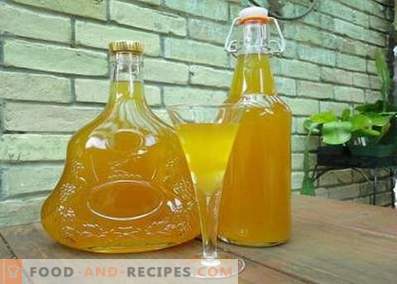
A pear is a fruitful tree. During the harvest season, it seems wasteful carelessness to leave tens of kilograms of sweet juicy fruits unprocessed. Households in winter will enjoy eating pear jam and compote with pleasure, the young members of the family will be especially pleased. However, adults also want to taste something pleasant and extraordinary. The question arises: is it possible to make pear wine at home? Experienced winemakers say that it is possible, although this is not a simple task: you need to take into account a lot of subtleties and find a good recipe.
Subtleties of technology
Winemakers consider pears not to be the most suitable wine material, but if you wish, you can also get a tasty, transparent wine with a delicate aroma, vaguely reminiscent of the favorite childhood drink “Duchess”. However, for this we need to take into account several important points.
- Pears have low acidity: it is about two times lower than that of grapes or apples. To get a tasty drink, acidity will have to be increased by mixing pear pulp with apple or other sour juice, adding citric acid.
- Despite the fact that pears seem to be sweet, much sweeter than the same apples, in fact, their sugar content is very low. If they were sour, then we would have noticed that the sugars in them are lacking. Therefore, it takes a lot of sugar - economical pear wine can not be called.
- A large amount of tannins increases the risk of getting a cloudy drink. The risk is reduced if you collect the fruits when they have just started to ripen.
- Over-ripe pears are not suitable for making wine for another reason: it is almost impossible to get juice from them. Therefore, it is important not to miss the moment when the seeds are just beginning to ripen in the fruit in order to harvest at the stage of so-called “economic maturity”.
- It is not necessary to wash the pears, but it is desirable, especially when it comes to purchased fruits: it is not known what chemicals the fruit trees were processed with. Of course, in the washing process, bacteria that ferment will be removed. But it does not matter: they can be replaced with leaven for wine, which is easy to prepare at home from raisins. To do this, boil syrup of 0, 3 kg of sugar and 0, 4 liters of water, pour 100 g of unwashed raisins with warm syrup and, covering with a thin cloth, put in a warm place for fermentation. A week later, the leaven can already be used. To get dry wine for 10 liters of wort, you need to take 0, 2 l of sourdough, for dessert wine - one and a half times more.
- It is difficult to get juice from pears by pressing: the maximum juice yield is 60%, usually from 10 kg of pears it is possible to press down at best 4 liters of juice. The most economical option is to chop the pears to a state of mashed potatoes, add water and block the wort, without squeezing the juice from the pulp. Then it remains only to drain the wine from the sediment and strain.
- In order for fermentation to begin, yeast, sugar and oxygen are necessary. Therefore, the bay pear syrup with syrup, you need to add to it the yeast and leave the container in which it is all open. Only when the fermentation begins, the pulp will rise with a hat, it is time to install a hydraulic seal on the container with the wort, which will successfully replace the rubber glove with a small hole in the finger (you can make it with a needle).
Then the wine will be prepared without your participation. After fermentation, it will lighten, and it will only remain to be drained from the sediment. You will only need to maintain the desired temperature regime: from 20 to 26 degrees. You can store pear wine in a cool room for a long time, up to three years. Moreover, connoisseurs argue that with age it becomes tastier and more aromatic.
Recipe for table wine from pears
Composition:
- pears (preferably wild or at least not dessert varieties) - 8, 5 kg;
- water - 15 l;
- sugar - 3 kg;
- citric acid - 6 g;
- wine starter - 0, 5 l.
Preparation Method:
- Wash the pears, cut off any damaged areas, cut the seeds. Cut into pieces and grind to a state of mashed potatoes in any way convenient for you. Through the funnel, put the puree in the fermentation tank. For the above components need a bottle of 40 liters or two 20-liter. If there are two bottles, then all components must be divided strictly in half (not by the eye!).
- Pour 12 liters of water on the puree. The water is suitable pure spring or boiled, but cooled to room temperature.
- Boil syrup from 3 l of water and 3 kg of granulated sugar, after boiling add citric acid to it. After cooling it to 35-38 degrees, pour it into the fermentation tank (or containers).
- Pour the leaven, cover the neck with gauze, put the bottle (or bottles) in a warm place.
- When fermentation processes become apparent, drown the pulp with a wooden stick, install a water seal.
- Watch the behavior of the wort. When the fermentation is complete, the trap can be removed and the bottleneck plugged.
- When the wine becomes transparent and the pulp settles to the bottom, open the bottle and drain the wine from the sediment into another container with a rubber hose. Filter through gauze, folded in several layers, or cotton pad. Bottle and store.
The result is a very fine table wine with a faint aroma. More pronounced taste and aroma has a dessert pear wine.
Dessert wine made from pears (with apple juice)
Composition:
- garden pears (dessert varieties) - 10 kg;
- apple juice (freshly squeezed) - 5 l;
- citric acid - 20 g;
- granulated sugar - 3 kg;
- wine starter - 0, 5 l.
Preparation Method:
- Pick the pears, remove all the excess, cut into slices, skip them through a meat grinder, or chop them with a juicer, blender.
- Squeeze the juice from the apples, measure the desired amount.
- Combine juice and pear puree by placing them in an open container (large saucepan, basin). Fill with 2 liters of water.
- Boil syrup from the remaining sugar with citric acid. When it cools to a temperature of 34-36 degrees, fill it with fruit mass. Put in a warm place, covered with gauze.
- Every day for two or three days, stir the fruit mass, embedding the pop-up pulp in it.
- After 3 days, when the signs of the started fermentation are clearly visible, pour the whole mass into the fermentation tank through the funnel, pour the starter into it, close with a hydraulic seal.
- After fermentation and sedimentation, the wine should be drained from it, filtered, bottled.
The result is a fairly light sweetish wine with a pleasant sunny aroma.
Fortified wine from pears
Composition:
- garden pears (dessert varieties) - 5 kg;
- water - 3 l;
- granulated sugar - 1, 5 kg;
- citric acid - 8 g;
- honey - 0.5 l;
- alcohol - 0, 9 l;
- starter wine - 0, 3 liters.
Preparation Method:
- After washing, peeling and grinding the pears, fill them with 1, 5 liters of water.
- Cook the syrup from 1.5 kg of sugar and 1.5 liters of water, adding citric acid to it.
- When the syrup has cooled to a temperature of 40 degrees, mix the pear puree with it.
- Enter the leaven.
- Place the wort in the fermentation tank by covering its neck with a small piece of gauze.
- After a couple of days, when intensive fermentation begins, replace the gauze with a water seal.
- When fermentation is over, drain the wine from the sediment. Melt the honey to a liquid state, dilute it with alcohol and pour the resulting liquid into the wine. Close tightly and leave until the wine is completely brightened. It will take 4 months.
- Drain the wine from the sediment again, bottle it. Block them and lay them flat. Store wine in a cool room (15-18 degrees).
The result is a fragrant wine, quite strong (16-18 degrees).
Despite the fact that pears are not considered an ideal wine material, you can make wine at home, and it will be pleasant to the taste, with a light unobtrusive aroma.


